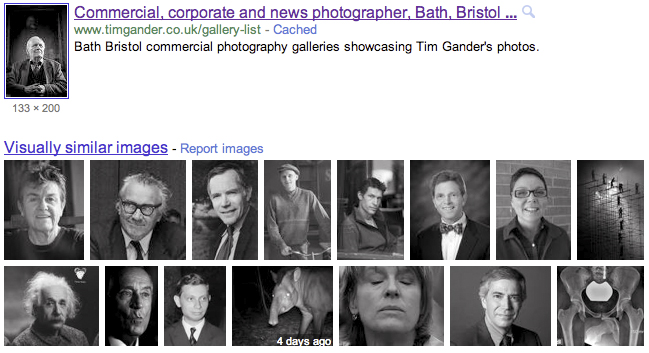For some time now photographers have been waiting in hope for the application that would help them track use of their images. Something that, without prohibitive amounts of effort and financial investment would allow them to find illicit uses so they could chase infringers for payment and to have the work removed from websites where it’s not licensed to be used.
Of course photographers are keen to ensure they get paid for infringements, and this is the side of the copyright argument that is so often flagged up by those who would like to be allowed to infringe more freely (sometimes known as freetards). Having photographers portrayed as money-grabbing monopolists is a handy way of demonizing those who merely want to protect the work they create.
What gets mentioned less is the harm it does to a photographer when work they have shot and charged to a commissioning client gets hijacked by someone who is just not in the mood for paying for the stuff they use. If an image is licensed to a paying client, and they see someone else using it for free, it can harm the photographer/client relationship and also cause problems with exclusivity, model releases and further legal issues where a stolen image is being used in a libelous context.
All these are issues faced by the photographer today, and it can take a lot of valuable time just to ensure images are not being appropriated by inappropriate people and used in inappropriate ways (that’s easy for me to say).
So while the tineye service has been around a while, and it can be very good at “reverse image searches” it’s also clear it can’t possibly keep up with indexing every image that gets uploaded to a website every minute of the day. Better perhaps if a service like Google, which seems to have web crawling and indexing off to a fine art, could come up with something more powerful.
Cue Google image search, where you chuck an image from your hard drive into the search box on Google which then returns matches of that image, plus any similar images it finds.
However, if photographers thought Google had the answer, they may be disappointed to discover that Google’s image search function was starting out with a different question.
I’ve been playing with Google’s image search function, and to me it’s more suited to finding images which represent the feel or look of an image you already have, but which might not quite match what you’re after, rather than a tool for photographers to use to find infringing copies of their images.
Having run a few of my images through the system, I found some bizarre and vaguely humourous results, which I’ve set out below. Try it with some of your own images, and see what happens. I’m sure there’s a great game waiting to be invented.

Starting with Yours Truly: None of these women looks like me, but one appears to be holding a camera.

